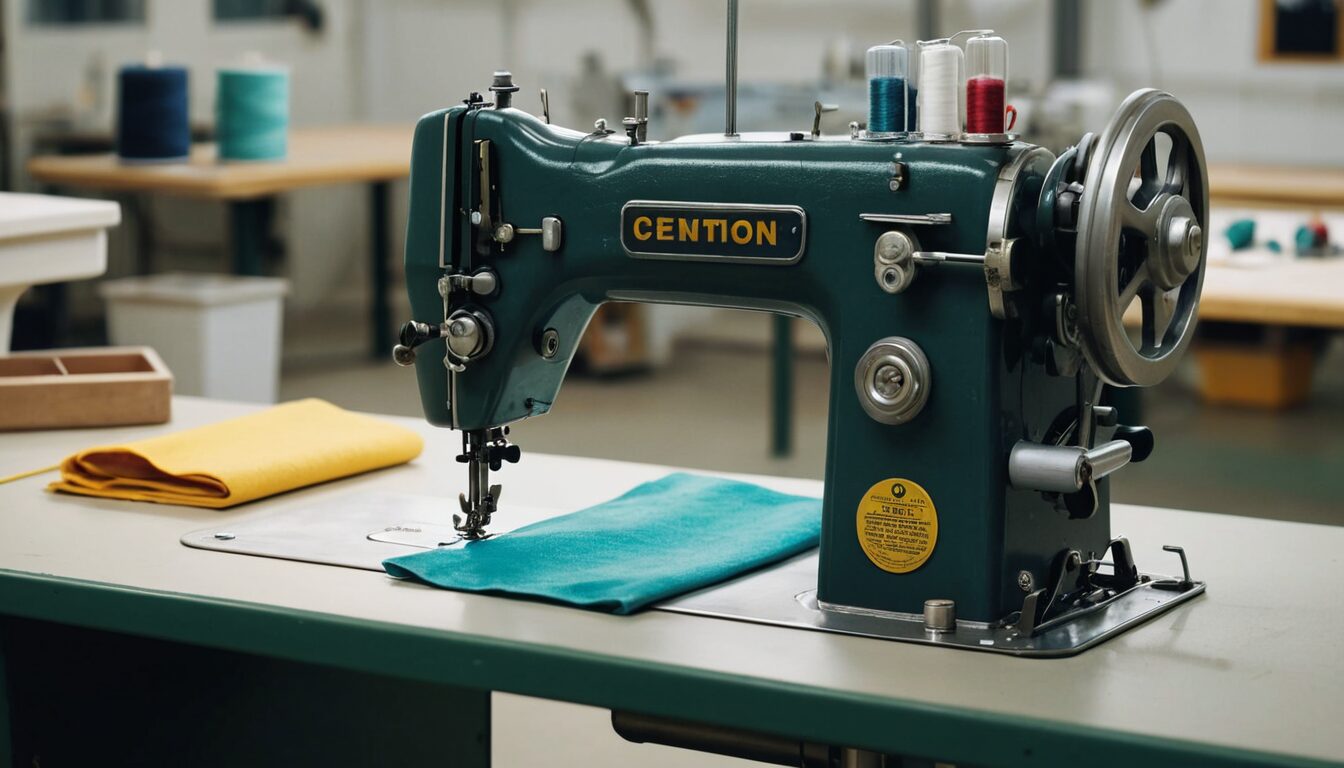
Industrial sewing machines are powerful tools designed to handle heavy-duty tasks with speed and precision. However, operating these machines safely is crucial to prevent accidents and injuries in the workplace. For users in the USA, where industrial sewing is prevalent in manufacturing, apparel, upholstery, and more, following safety standards and implementing best practices can help ensure a secure environment. Below are essential safety tips to keep in mind when operating industrial sewing equipment.
Understand the Machine’s Operating Manual
Every industrial sewing machine is unique, with different functionalities, safety features, and operating requirements. Carefully read the manual provided by the manufacturer to understand your machine’s specifications, safe operating procedures, and maintenance schedules. Knowledge of these details will help you avoid potential safety hazards and ensure you’re using the machine correctly.
Wear Appropriate Personal Protective Equipment (PPE)
Industrial sewing requires workers to be close to moving needles, motors, and other high-speed components. Protective gear, like safety glasses and finger guards, can prevent injuries from broken needles or other accidents. Avoid wearing loose clothing, jewelry, or anything that could get caught in the machinery, and always secure long hair to prevent entanglement.
Perform Regular Maintenance and Inspections
Regular maintenance helps prevent unexpected breakdowns and ensures smooth operation. Routine checks should include inspecting the needle, presser foot, motor, and thread tension. In the USA, OSHA (Occupational Safety and Health Administration) standards recommend machine maintenance schedules and inspections as part of workplace safety protocols.
Ensure Proper Training for All Operators
Training is essential for safe machine operation. Before allowing new employees to use the equipment, provide hands-on training sessions on how to operate, troubleshoot, and safely shut down the machine. Well-trained operators are better equipped to handle the machine and prevent accidents.
Keep the Workspace Clean and Organized
A clutter-free environment minimizes the risk of accidents. Ensure that tools, spare parts, and materials are stored properly and that the work area is free of obstructions. Additionally, make sure electrical cords and cables are organized and tucked away to avoid tripping hazards.
Use Safety Guards and Features
Many industrial sewing machines come with built-in safety features, such as needle guards, automatic shutoff, and emergency stop buttons. Familiarize yourself with these features and ensure they are functional. Safety guards should never be removed or tampered with, as they are designed to protect operators from serious injuries.
Practice Ergonomics to Prevent Strain
Industrial sewing can require hours of repetitive motion. Ensure that your workstation is ergonomically designed, with seating and machine height adjusted to reduce strain. Proper posture and regular breaks are crucial to avoiding injuries like muscle strain or carpal tunnel syndrome, which are common in repetitive tasks.
Turn Off the Machine When Not in Use
When taking a break or stepping away, always turn off the machine. Powering down prevents accidental starts that could lead to injuries or damage to the machine. Many accidents happen when a machine is left unattended, so make sure it’s fully shut down if not in immediate use.
Respond Promptly to Any Issues
If a machine begins to malfunction or if there are unusual sounds or vibrations, stop the machine immediately and perform a check. Continuing to operate a malfunctioning machine can lead to further issues and even serious accidents. Contact a qualified technician if repairs are needed.
Understand and Follow OSHA Standards
In the USA, OSHA provides guidelines and standards for workplace safety, including machine operation. Familiarize yourself with OSHA’s regulations on machinery use and training to ensure your facility is compliant. By adhering to these standards, you not only keep employees safe but also avoid potential fines and liabilities.
Conclusion:
Operating industrial sewing equipment comes with certain risks, but by following these essential safety tips, you can significantly reduce the chances of accidents and create a safer work environment. For manufacturers and businesses across the USA, prioritizing safety is a critical part of maintaining a productive and compliant workplace. Remember, well-maintained machines, adequate training, and adherence to safety standards go a long way in protecting both workers and equipment.
